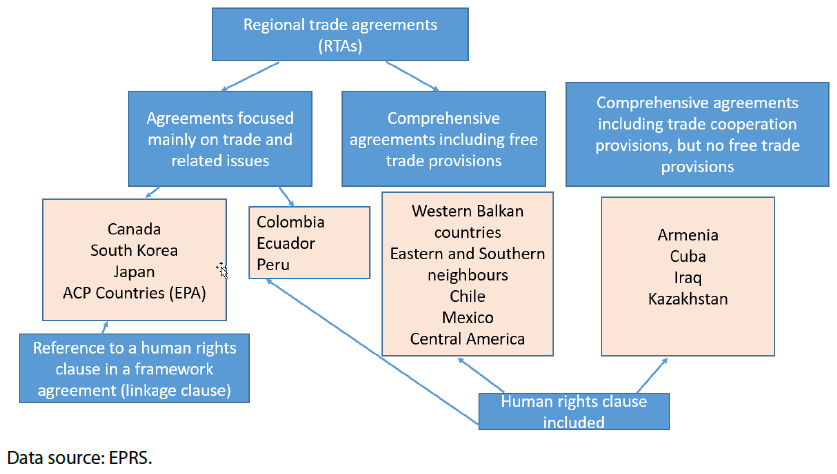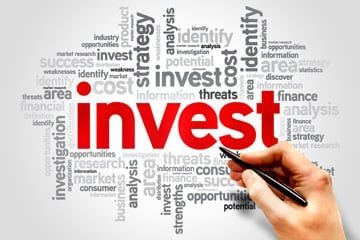
If you're a novice investor, you might wonder how to buy stocks. A stock portfolio can help you build a profit-making investment that will last for many years. Before you start, however, you must decide if you are ready to manage stocks on your own, or if professional help is needed. Here are a few tips to help you get started. Here you will learn about the Market and Limit orders. Learn about the Index fund and why it is important to have an Online brokerage account.
Limit order
Using a limit order when buying stocks has many benefits, but you should be aware that there are some disadvantages to using this type of order. Limit orders give you more control over the price of security. Limit orders are great for managing risk and avoiding costly errors when selling or buying stocks. This article will discuss the main issues you need to be aware when using a limit-order when buying stocks.
The stock's price may have suddenly gone up and you are tempted to purchase it. Widget Co. may have been tempting to place a limit order, but it was too late. By the time this article was written, the stock had already shot up to $210. You could have purchased the stock for less if you waited, which would be the opposite of your original intention.

Market order
You can use two kinds of orders when purchasing stocks. The first type of order you can use is called a "market order". It tells your broker which price to offer and will allow you to place your order. Typically, this is the price the seller has asked for the stock, and the market order will transact at the price you bid. Sometimes, however, the ask and the offer can be quite different. The final price you end up paying may differ from the original price.
A stop order is another type of order. When buying stocks, market orders are the safest way to buy stocks. Although this type of order guarantees you the best price, timing is critical. You could end up paying more if your market order is placed too late. This might not be a problem if your investments aren't volatile for a short time. There is a good chance that the market will fluctuate and you may end up paying more or less than you paid.
Index fund
Before you start investing in index funds, you should have a plan. Determine the percentage of your portfolio that you would like to invest into each fund. You'll get more if you invest more. Your long-term financial goals should be considered. Are you saving money for retirement? Are you building an emergency savings fund? Are you saving for a specific purchase or an emergency fund? Your goal will help you make the best decisions.
Index funds track S&P 500. It tracks 500 largest publicly traded businesses. This index closely follows stock market movements. You can choose between Schwab S&P 500 Index Fund and Vanguard 500 Index Fund Admiral Shares or Fidelity 500 Index Fund. An index fund can be based on any number or indexes. Index fund investing requires patience, discipline, time, as well as discipline.

Online brokerage account
You need to know your goals before you open an account with an online brokerage. You will be asked to provide basic personal information, such your social security number. Some brokerages offer withdrawal possibilities, so make sure you have an account connected to your bank. You can also link your bank account to make it easier to deposit money and to use electronic transfers for trades. Make sure to compare prices and other account features, and look at user-friendly websites.
The type and investment goals of your preferences will dictate the type or online brokerage account that is best suited for you. Many brokerages offer basic features. But, there are some that have more sophisticated features. Before making a choice, you should consider the costs of each brokerage and their platforms. You should read reviews about different online brokerages. Some have high ratings, but some may not suit everyone. It's important to consider all aspects of the account before you make a decision, and don't be afraid to ask questions before you make an investment.
FAQ
How can I manage my risks?
You need to manage risk by being aware and prepared for potential losses.
It is possible for a company to go bankrupt, and its stock price could plummet.
Or, a country could experience economic collapse that causes its currency to drop in value.
You could lose all your money if you invest in stocks
It is important to remember that stocks are more risky than bonds.
A combination of stocks and bonds can help reduce risk.
Doing so increases your chances of making a profit from both assets.
Spreading your investments over multiple asset classes is another way to reduce risk.
Each class comes with its own set risks and rewards.
For instance, while stocks are considered risky, bonds are considered safe.
You might also consider investing in growth businesses if you are looking to build wealth through stocks.
Saving for retirement is possible if your primary goal is to invest in income-producing assets like bonds.
When should you start investing?
On average, $2,000 is spent annually on retirement savings. If you save early, you will have enough money to live comfortably in retirement. You may not have enough money for retirement if you do not start saving.
Save as much as you can while working and continue to save after you quit.
The sooner you start, you will achieve your goals quicker.
Consider putting aside 10% from every bonus or paycheck when you start saving. You might also be able to invest in employer-based programs like 401(k).
Contribute at least enough to cover your expenses. After that, you will be able to increase your contribution.
Which fund is best to start?
When investing, the most important thing is to make sure you only do what you're best at. FXCM offers an online broker which can help you trade forex. You will receive free support and training if you wish to learn how to trade effectively.
You don't feel comfortable using an online broker if you aren't confident enough. If this is the case, you might consider visiting a local branch office to meet with a trader. You can ask them questions and they will help you better understand trading.
Next, choose a trading platform. CFD platforms and Forex can be difficult for traders to choose between. Both types of trading involve speculation. Forex does have some advantages over CFDs. Forex involves actual currency trading, while CFDs simply track price movements for stocks.
Forex makes it easier to predict future trends better than CFDs.
But remember that Forex is highly volatile and can be risky. CFDs are preferred by traders for this reason.
To sum up, we recommend starting off with Forex but once you get comfortable with it, move on to CFDs.
Statistics
- According to the Federal Reserve of St. Louis, only about half of millennials (those born from 1981-1996) are invested in the stock market. (schwab.com)
- 0.25% management fee $0 $500 Free career counseling plus loan discounts with a qualifying deposit Up to 1 year of free management with a qualifying deposit Get a $50 customer bonus when you fund your first taxable Investment Account (nerdwallet.com)
- Some traders typically risk 2-5% of their capital based on any particular trade. (investopedia.com)
- An important note to remember is that a bond may only net you a 3% return on your money over multiple years. (ruleoneinvesting.com)
External Links
How To
How to properly save money for retirement
Retirement planning involves planning your finances in order to be able to live comfortably after the end of your working life. It is the time you plan how much money to save up for retirement (usually 65). Also, you should consider how much money you plan to spend in retirement. This includes things like travel, hobbies, and health care costs.
You don’t have to do it all yourself. Numerous financial experts can help determine which savings strategy is best for you. They will examine your goals and current situation to determine if you are able to achieve them.
There are two main types, traditional and Roth, of retirement plans. Traditional retirement plans use pre-tax dollars, while Roth plans let you set aside post-tax dollars. Your preference will determine whether you prefer lower taxes now or later.
Traditional Retirement Plans
You can contribute pretax income to a traditional IRA. You can contribute up to 59 1/2 years if you are younger than 50. If you want your contributions to continue, you must withdraw funds. After turning 70 1/2, the account is closed to you.
A pension is possible for those who have already saved. These pensions are dependent on where you work. Employers may offer matching programs which match employee contributions dollar-for-dollar. Some employers offer defined benefit plans, which guarantee a set amount of monthly payments.
Roth Retirement Plan
Roth IRAs do not require you to pay taxes prior to putting money in. After reaching retirement age, you can withdraw your earnings tax-free. There are restrictions. For example, you cannot take withdrawals for medical expenses.
A 401(k), another type of retirement plan, is also available. These benefits can often be offered by employers via payroll deductions. These benefits are often offered to employees through payroll deductions.
Plans with 401(k).
Employers offer 401(k) plans. These plans allow you to deposit money into an account controlled by your employer. Your employer will automatically contribute a portion of every paycheck.
The money grows over time, and you decide how it gets distributed at retirement. Many people choose to take their entire balance at one time. Others distribute their balances over the course of their lives.
Other Types Of Savings Accounts
Some companies offer other types of savings accounts. TD Ameritrade offers a ShareBuilder account. This account allows you to invest in stocks, ETFs and mutual funds. In addition, you will earn interest on all your balances.
Ally Bank can open a MySavings Account. Through this account, you can deposit cash, checks, debit cards, and credit cards. You can also transfer money from one account to another or add funds from outside.
What Next?
Once you know which type of savings plan works best for you, it's time to start investing! Find a reputable investment company first. Ask your family and friends to share their experiences with them. Also, check online reviews for information on companies.
Next, calculate how much money you should save. This involves determining your net wealth. Net worth refers to assets such as your house, investments, and retirement funds. It also includes liabilities like debts owed to lenders.
Once you have a rough idea of your net worth, multiply it by 25. That number represents the amount you need to save every month from achieving your goal.
You will need $4,000 to retire when your net worth is $100,000.